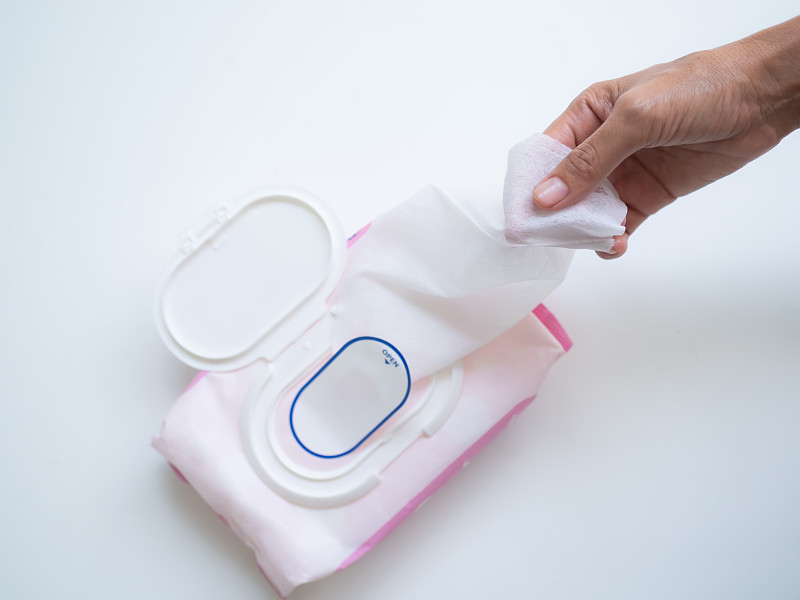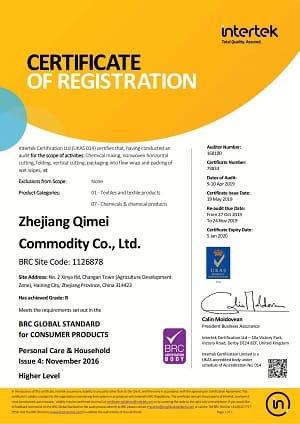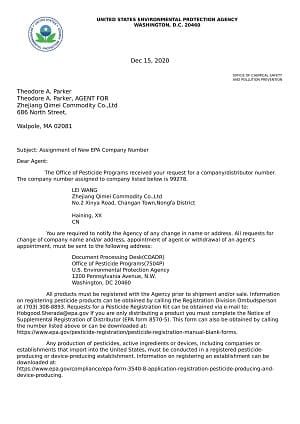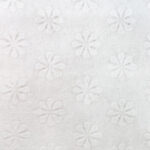Spunlace onwoven Fabric Type: Polyester,Poly -Viscose Blend material, Bamboo Fiber, Wood Pulp(Flushable), Cotton or Soy Fiber(Biodegradable)
Flat or Textured( Your Own LOGO is available)
Grammage: 30-80gsm
1/10/30/80/100/120/160 pcs/pack
The most common size of flunshable wipes is around 5-6 inches by 7-8 inches (13-15 cm by 18-20 cm) This size is convenient for single-use and provides enough surface area to clean and freshen the external genital area. However, some intimate wipes may be smaller or larger than this standard size to cater to specific preferences or needs of consumers.
1. Plastic resealable bag: This is the most common type of wet wipe packaging. It is made of plastic and has a resealable strip on top to keep the wipes fresh and moist.
2. Flip-top lid container: This type of packaging consists of a plastic container with a flip-top lid that can be opened and closed to access the wipes.
3. Soft pack with plastic flip-top lid: Similar to the flip-top lid container, this packaging comes in a soft pack and has a plastic flip-top lid for easy access.
4. Pop-up dispenser: This type of packaging features a pop-up dispensing mechanism that pulls out one wipe at a time.
5. Travel pack: A small packaging designed for on-the-go use, it often comes with a plastic snap closure.
6. Single-use packaging: These wet wipes come in small, sealed packets which are convenient for travel or outdoor activities.
7. Refill bag: This larger size packaging is designed to refill other wet wipe containers, and usually has a resealable opening.
Flushable wipes are typically formulated using a combination of water, cellulose fibers, and various additives such as surfactants, emulsifiers, preservatives, and fragrances. The cellulose fibers used in flushable wipes are usually derived from wood pulp, cotton, or other natural fibers that are biodegradable and able to break down in water.
To ensure that flushable wipes are safe to flush and do not cause damage to plumbing and wastewater systems, they are designed to disperse and break down quickly when they come into contact with water. This is achieved through the use of specific types of fibers, as well as through the inclusion of dispersants and other additives that promote quick disintegration.
INDA/EDANA Flushability Guidelines: The International Nonwovens and Disposables Association (INDA) and the European Disposables and Nonwovens Association (EDANA) have developed guidelines for flushable products, including wipes. The guidelines provide a set of tests and criteria for evaluating the flushability of wipes and ensuring they break down quickly in the sewer system.
ISO 22716: This is an international standard for the production, control, storage, and shipment of cosmetic products, which includes personal care wipes. It covers Good Manufacturing Practices (GMP) for the production, control, storage, and shipment of cosmetic products.
NSF International Standard 350: This is a standard for products that claim to be flushable, biodegradable, and compostable. The standard provides a framework for testing and certifying products that meet specific environmental criteria.
EPA Safer Choice: This program helps consumers identify products that are safer for the environment and human health. Wipes that meet the EPA Safer Choice criteria must meet certain environmental and human health standard.












